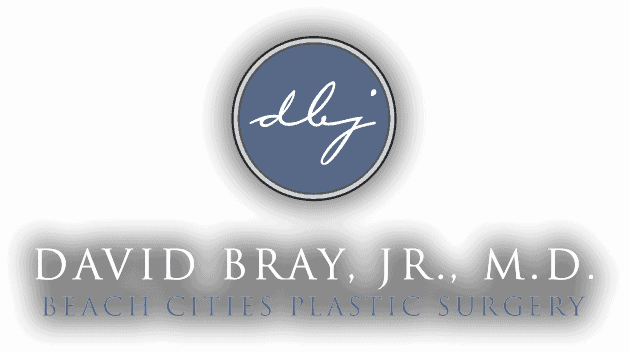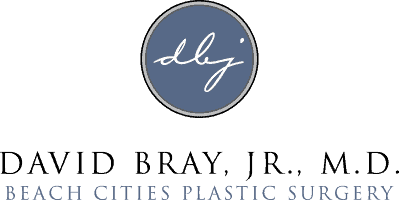Nasal Obstruction Surgery
in Torrance, CA
Also serving Palos Verdes & Redondo Beach
Nasal obstruction surgery is a common complaint often described as stuffy or congested nose, difficulty breathing through the nose, or nasal blockage. There are many possible causes of nasal airway obstruction for both children and adults, and proper diagnosis is key to any effective nasal blockage surgery and operation.

Diagnosis
A thorough history regarding the patient’s nasal airway obstruction will be performed prior to any nasal blockage surgery. Questions will focus on the patient’s history of nasal allergies, nasal infections, previous nasal trauma, and previous nasal surgery. This will be followed by a complete nasal examination to assess degree of need for a nose operation for a blocked nose. Dr. Bray, Jr. will examine the external nose looking for asymmetries or anatomic irregularities that may contribute to airway, sinus, or nasal blockage. For example, if the middle third of the nose is abnormally narrow, this suggests internal nasal valve collapse. Similarly, if the nostrils collapse with breathing, this suggests external nasal valve collapse.
Dr. Bray, Jr. will then perform an internal nasal exam, during which the nasal septum and turbinates will be evaluated. The nasal passage will also be assessed to make sure there are no obstructing masses or lesions. Septal deviation is a common problem; Dr. Bray, Jr. will assess where the septum is causing nasal or airway obstruction and whether it requires septoplasty. The internal nasal valve will also be visualized and then evaluated by Cottle maneuver. The external nasal valve will be examined.
Obstruction Surgery
The surgical plan is determined by the cause of nasal blockage or obstruction. For example, if the patient has a medical cause of blockage or obstruction, such as allergies, nasal sprays will be prescribed as the first line of treatment. Additional allergy treatments may also be indicated. However, if the problem is an anatomic structural obstruction, such as a deviated septum, then surgical treatment will include septoplasty. Septoplasty is performed through an internal nasal incision. The area of deviated septum may be removed or straightened and replaced. After correction of the deviated septum via septoplasty the airway will be improved.
In many cases the patient will suffer from enlarged inferior turbinates. The turbinates may be reduced surgically by submucous resection. The turbinates in some cases may be reduced by radiofrequency ablation.
The internal nasal valve is the narrowest part of the nasal airway. As a result, even small anatomic irregularities can cause nasal obstruction. Spreader grafts may be placed between the dorsal septum and upper lateral cartilage to help open up the internal nasal valve. This is a more complex procedure in which Dr. Bray, Jr. specializes. Dr. Bray, Jr. has presented his surgical treatment of the internal nasal valve to numerous physicians. In some rare circumstances the internal nasal valve will require release of scar tissue and mucosal grafting. This occurs in patients with previous surgery who have developed scar tissue in the internal valve.
The external nasal valve may be corrected by placing cartilage grafts to help support the nostrils. Occasionally, a skin graft may be used if there is significant scarring to the external nasal valve. Dr. Bray, Jr. will plan his nasal obstruction surgery treatment based on the patient’s anatomic problems to achieve the best possible results.


